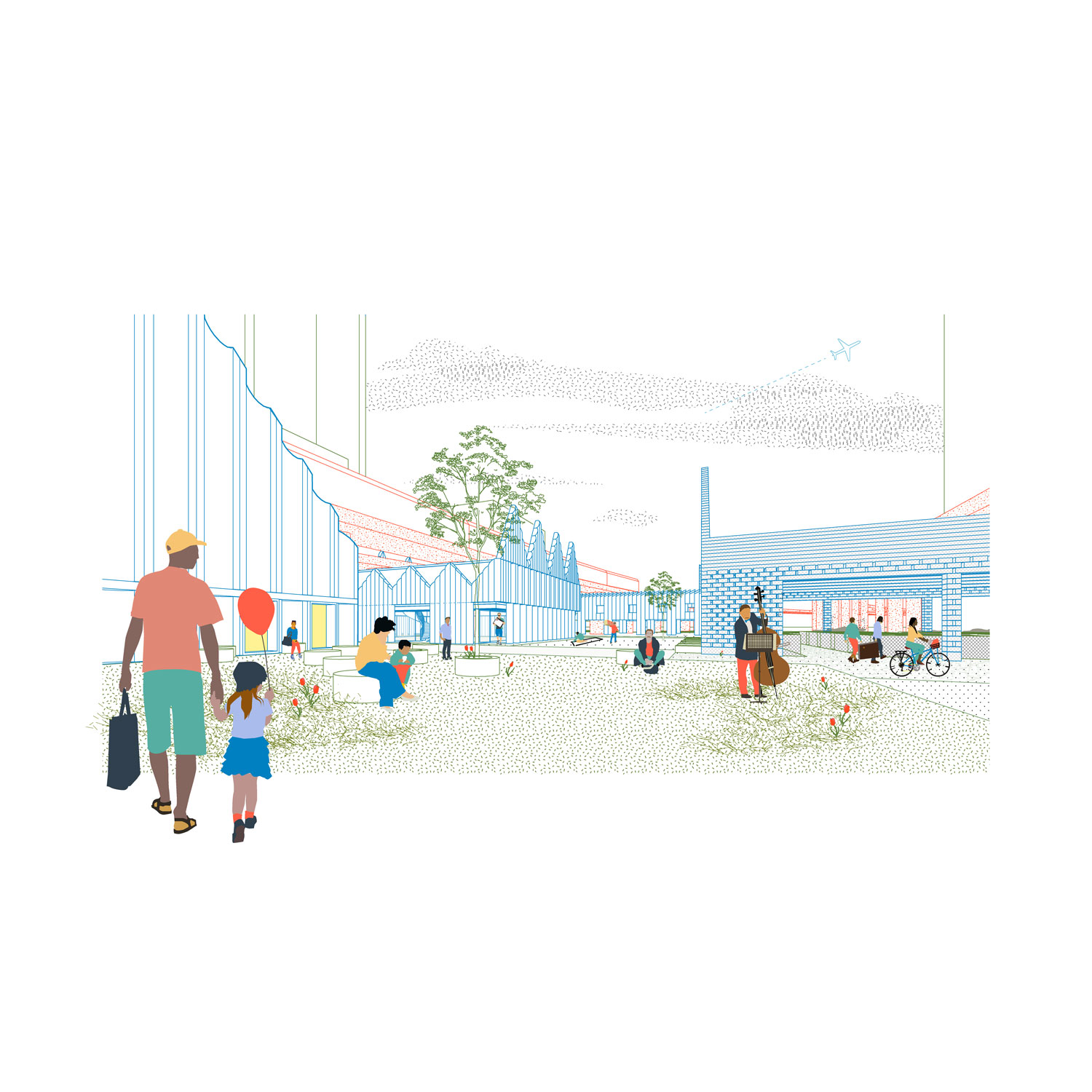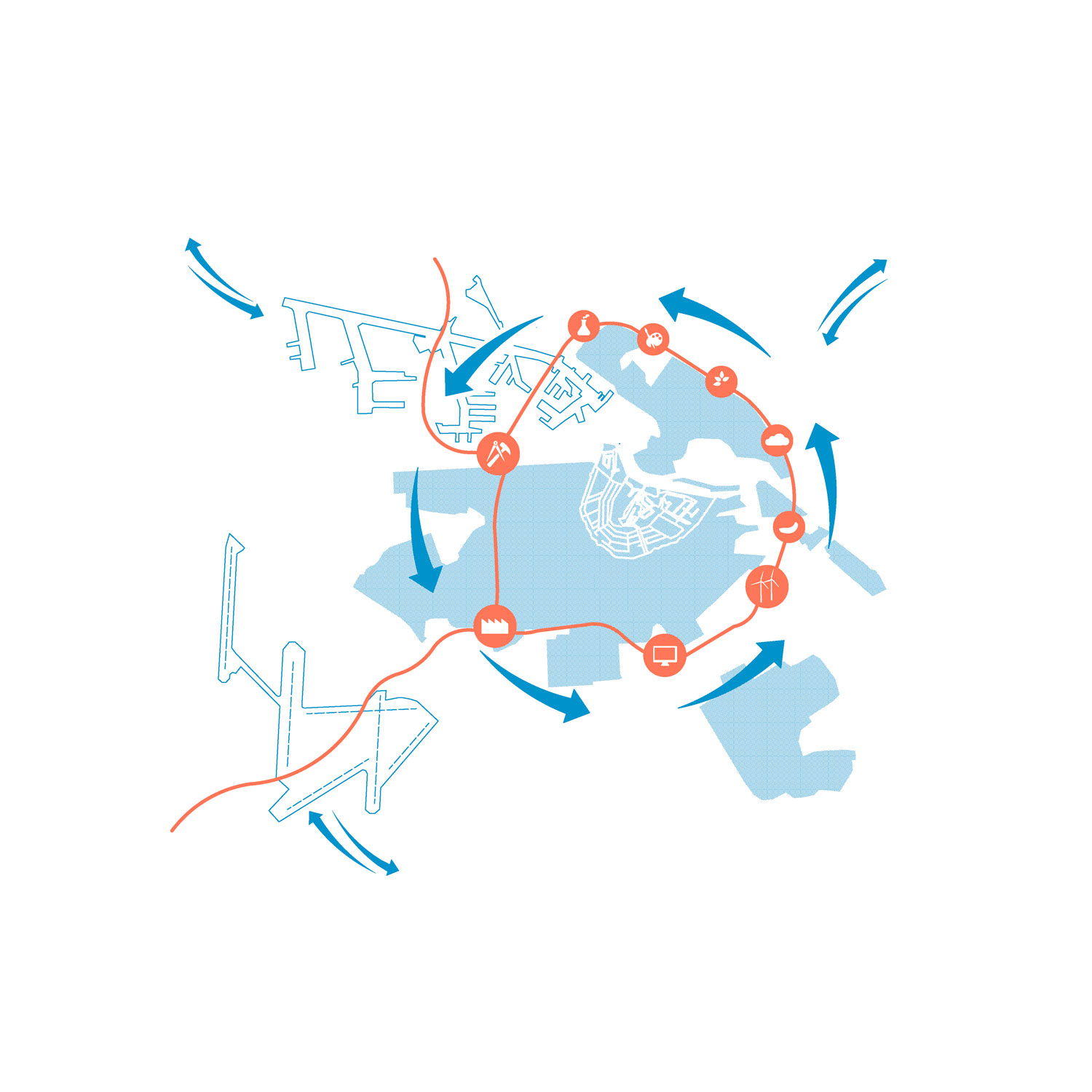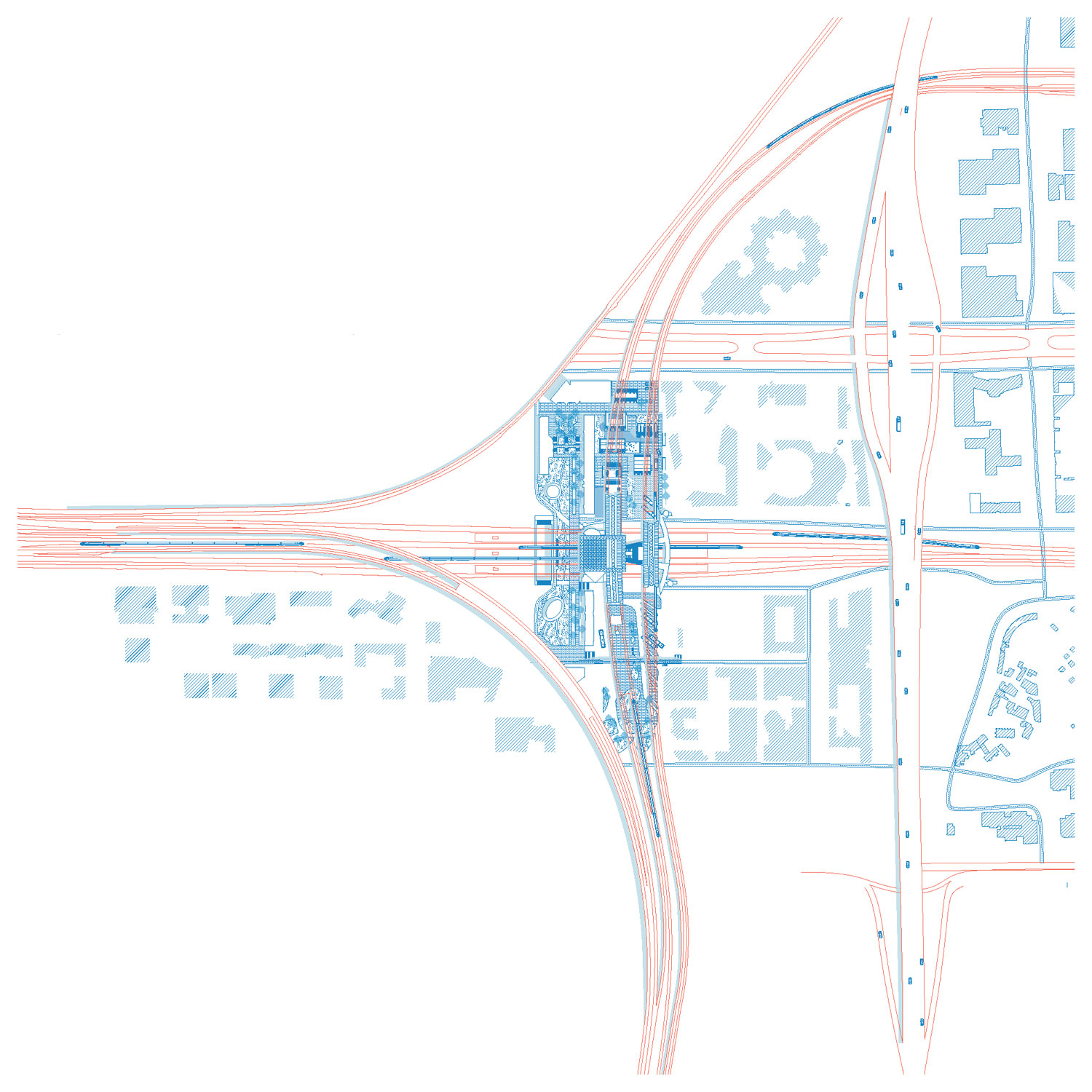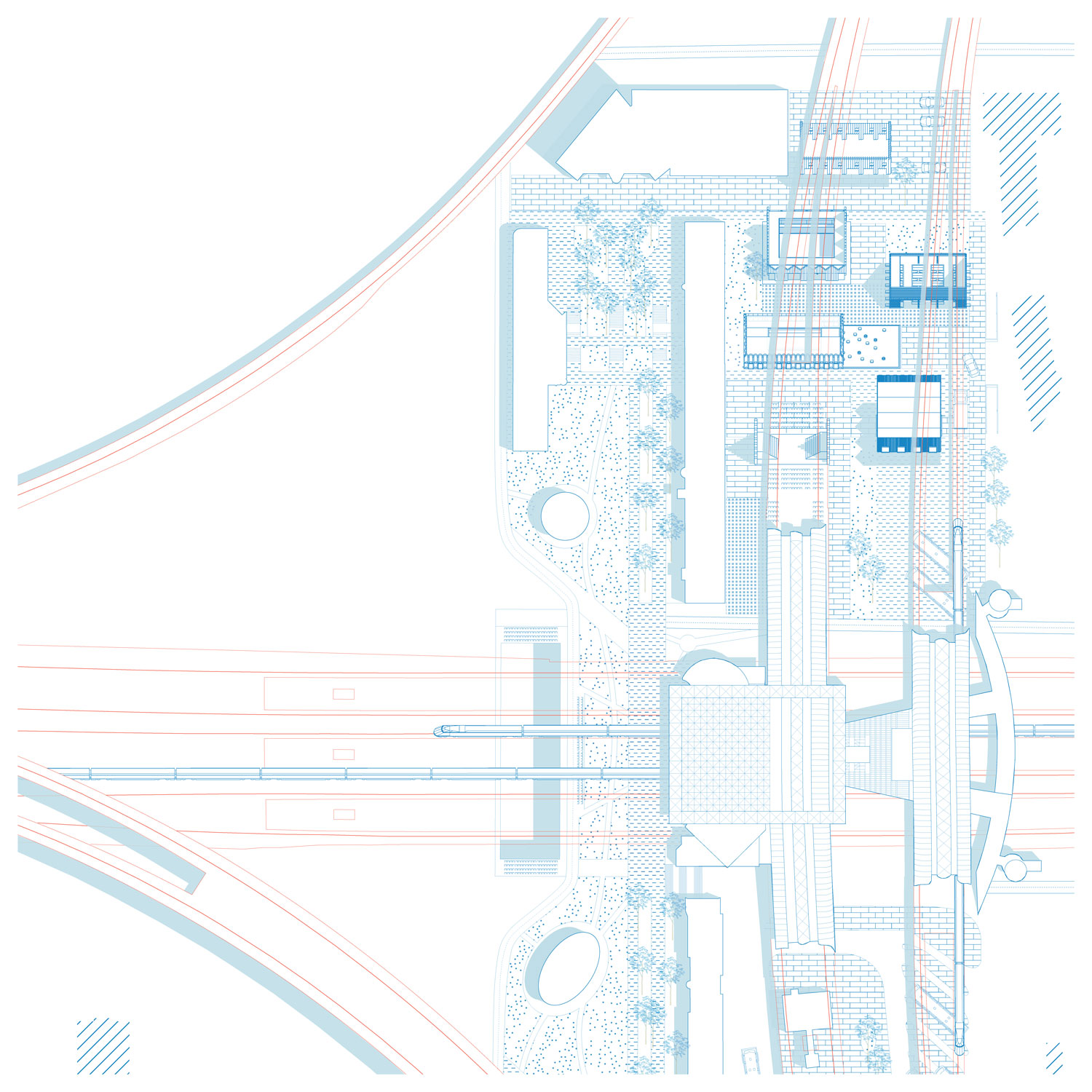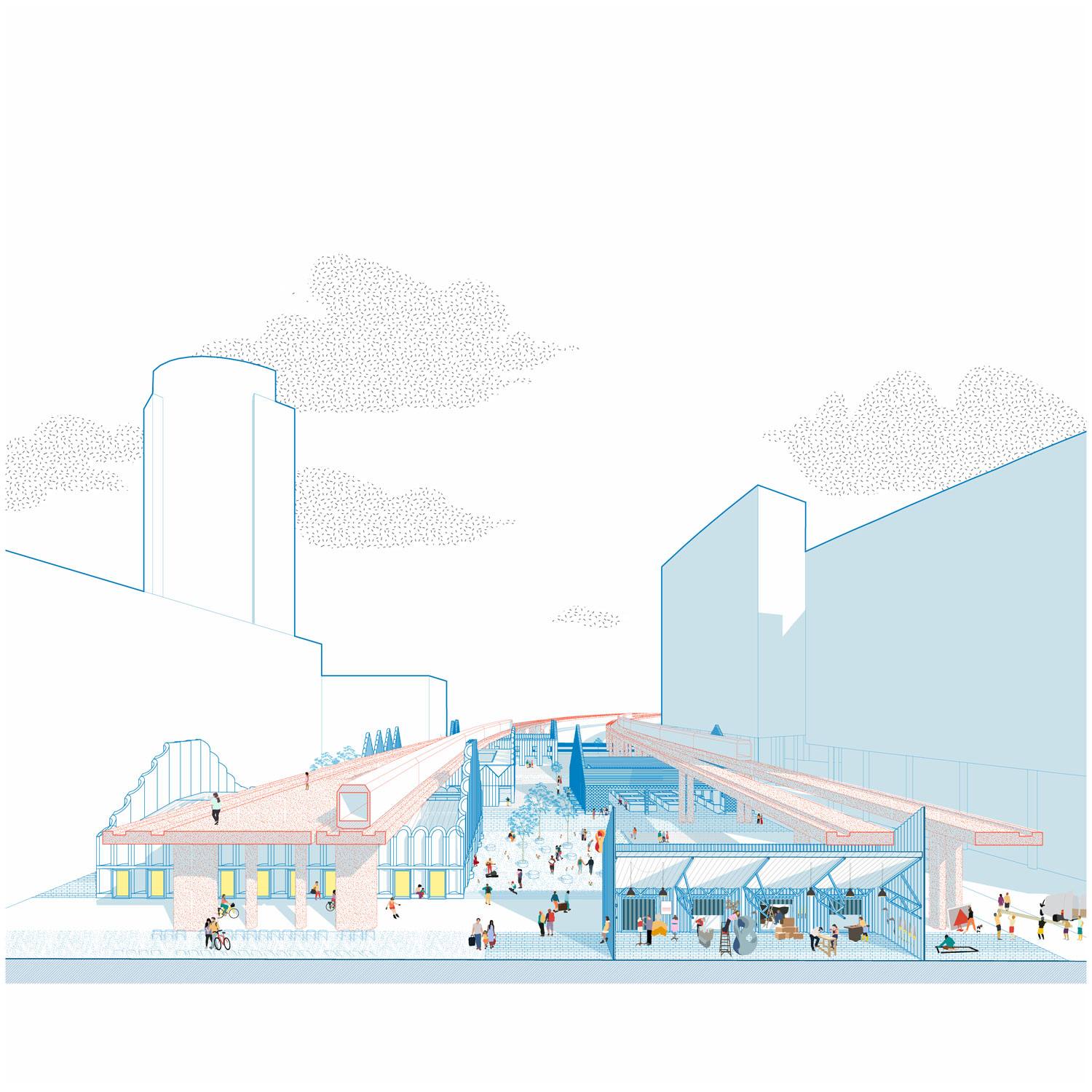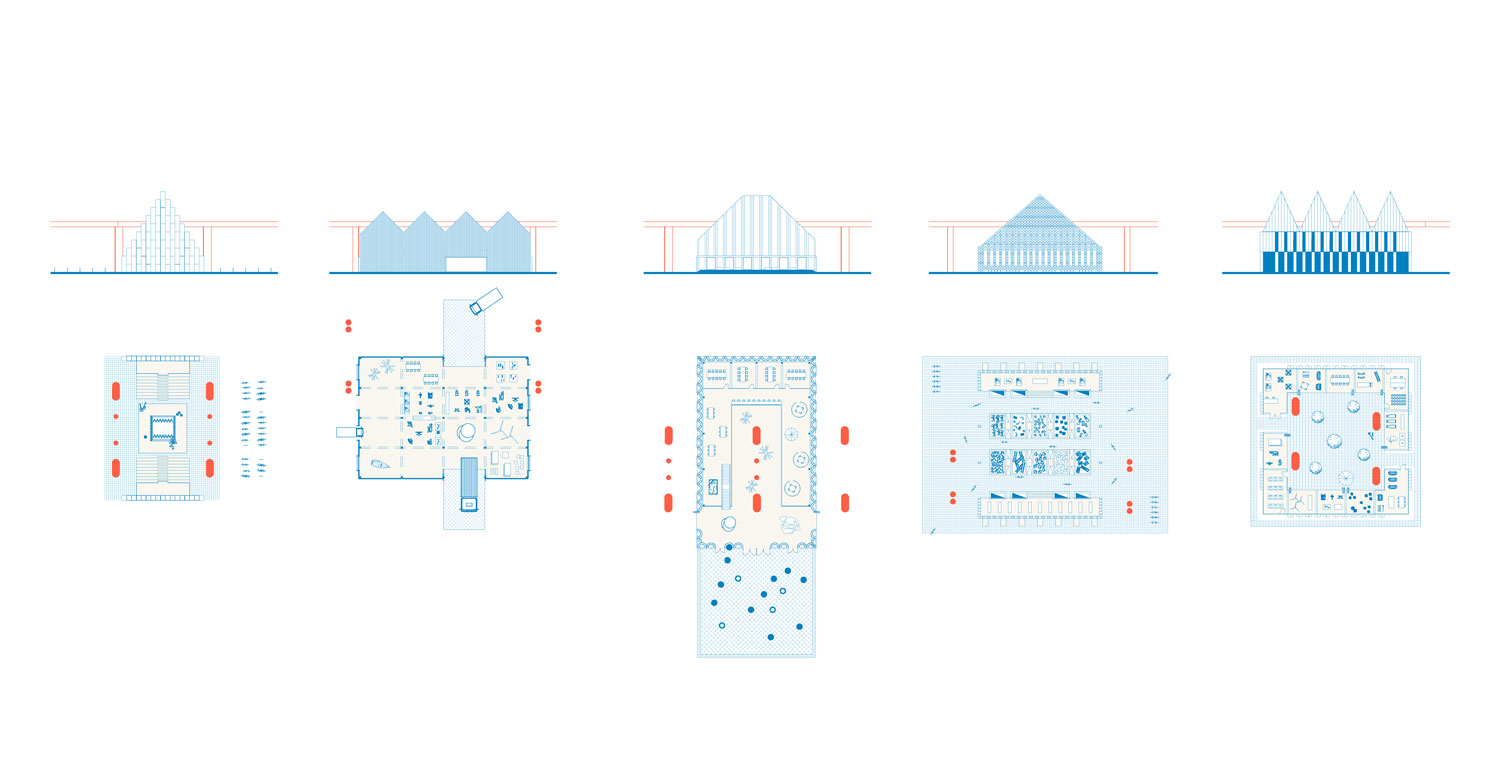2173-TBO-AMS.NL-2017
Client: Europan
Status: Competition (2017)
Clasification: Finalist
Location: Amsterdam, Netherlands
Coordinates: 52.3903717,4.8355743
Climate: Oceanic / maritime, Temperate
Material: Undefined
Environments: Railway, Urban
Visualizer: Studio
Scale: Extralarge
Types: Housing, Masterplan, Public space, Residential
Like many European cities, Amsterdam started out as a village in support of a local economy. Over time, the village and harbour developed together, overlapping and interweaving. The canals served the ships while providing a mode of transportation, the square in front of the town hall hosted the daily market and the blacksmith’s workshop sat alongside the local theatre. The city was a productive world capable of sustaining itself.
Unfortunately, the marriage between city and production came to an end. The construction of the Noordzee Kanaal in 1876 saw the harbour moving westwards, out of the city, gradually decreasing its level of production and becoming more just a vessel for goods.
Furthermore, globalisation, amplified by the introduction of Schiphol Airport after WW1, encouraged the city of Amsterdam to reinvent itself as a creative knowledge economy.
Today, city, harbour and airport make up Amsterdam’s economic landscape, but their geographical divorce prevents interaction, and this comes at a price. For example, energy supplies for electricity and heat are import and fossil fuel dependent, recycled waste is down-cycled and an average dinner has travelled 30,000 kilometers. Amsterdam now functions as a three-poled non-productive city. So how do we turn the tide? By exploiting the incredible potential of Amsterdam’s rail and road infrastructure! This existing network with its nodes and leftover spaces presents itself as the ideal carrier for re-connecting city, harbour and airport.
A network of productive villages, each with its own character, resulting in a poly-centric productive city capable of re-introducing Amsterdam’s circular economy.
With a daily passenger rate of 50,000 people, Piarcoplein is the ideal test ground for the first productive village. Today, the square consists of a landscape of infrastructures; a series of beautiful columns and bridges. Celebrating these two key elements as catalysts for spatial layout, Piarco’s productive village weaves around and between columns and bridges, breaking up the site’s vastness and introducing a sequence of human scale landscapes.
The principle of «induced demand» proves that the provision of car parking simply generates car traffic. Reducing car parking will, therefore, decrease car traffic. This change in human behaviour cannot be established overnight, but calls for a gradual implementation – an approach that is adopted by an increasing amount of cities around the world.
In each phase of Piarco’s transformation, the productive village works differently according to the extent of parking space. Exploiting the limitation of opportunities to build between existing and future bridges allows the village to peek up to train level to announce itself and catch the eye of numerous by-passers.
